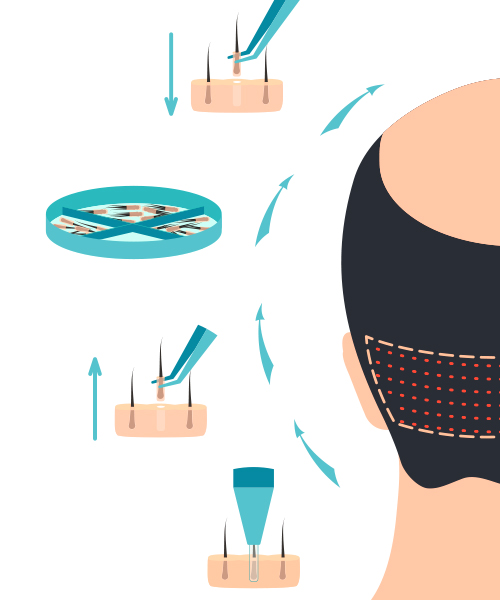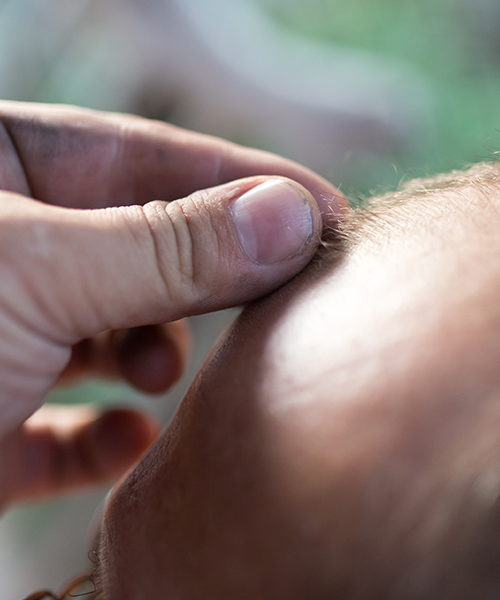What makes OxyCure hold such an immense and critical value for hair transplants? Why does it matter the number of follicular units to survive? Typically, the aforementioned are prevalent questions that patients ask. After all, the significance of the treatment, aside from accentuating results and attaining the best possible results ever, is not well highlighted. The donor region is a complex aspect of the procedure unless the significance is understood, the treatment might be perceived by some as trivial.
What are donor regions
Hair transplants, although classed as hair restoration treatments, do not reverse hair loss by reviving damaged follicular units. To date, no treatment is capable of restoring lost follicular units. The mechanism by which hair transplants reverse baldness is through the relocation of follicular units from one region to another. The transplanted follicular units are not replaced in the region from which they are extracted. The region of stable hair growth from which grafts are obtained is referred to as the donor region.
The donor region should have three main attributes: predictability, stability, and abundance. The factors are what determines a patient’s eligibility for the procedure. For instance, in the case of androgenic alopecia, pattern hair loss, female pattern hair loss is not reversible with hair transplants whereas male pattern hair loss is. The discrepancy in candidacy is the result of the varying characteristics of the conditions.
Female pattern hair lacks the factor of predictability and order, in other words, hair loss occurs in a sporadic pattern that makes the process of locating donor regions a challenge. Whereas male pattern hair loss occurs in the notorious U shape pattern of receding hairline and thinning crown, facilitating the identifying of potential donor regions. Even in male pattern hair loss, if the donor regions are not adequate to cover balding scalp without jeopardizing the appearance of the area they are extracted from, the patient will not be an eligible candidate for the surgery.
The following can be applied to as many categories of alopecia, but in the end, eligibility lies heavily on those three aspects.
Why are donor regions important and where does OxyCure come in?
Although a patient may possess a predictable and stable donor region, they may never be considered a fit candidate if the donor region is not dense enough to cover the balding scalp. Because the extracted follicular units will never grow back, the patient should have sufficient donor hair to translocate. For some, the coverage can be thin, for others very thick, again it is a matter of donor regions to balding scalp ratios. In the case of the former, OxyCure plays a significant role in preserving the maximum number of grafts possible, as any loss is not in the favor of the patient. In the latter, the procedure remains of high significance, as OxyCure maintains the thickness that the patient was fortunate enough to receive. In which case, the patient may never have another chance for the surgery because donor regions are not a renewable source.
Therefore, patients need to take post-surgery care very seriously, and OxyCure helps provide the patient with the security and guarantee they need.




